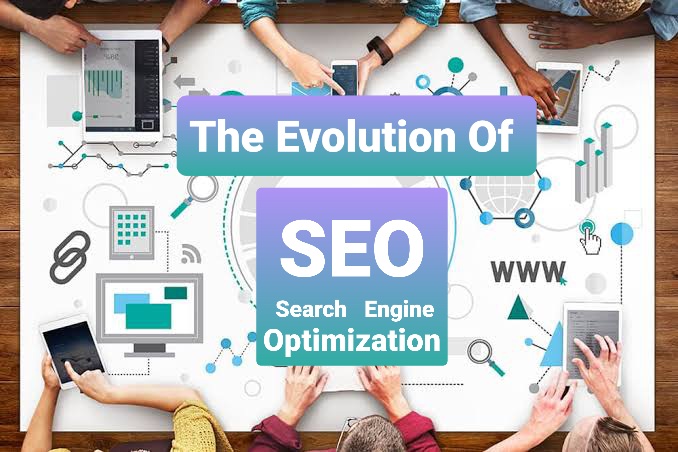
The Evolution of Search Engine Optimization
It’s an understatement to say that search engine optimization has gone a long way since its inception in the 1990s. Back in the day, all newcomers to the industry had to worry about was keyword research and incorporating those keywords into each and every page of their websites.
Websites filled with millions of keywords consistently topped search engine results pages, but the content quality was weak. While sites with important and relevant material languish five or six pages deep, Google’s relatively naive bots will give them an almost undeserved place at the top of the Search Engine Results Pages (SERPs) as long as keywords are present.
If you were an SEO individual during its early years, then you know—and probably miss—how simpler life was previously. However, in its 20-odd years of existence, the SEO industry has seen lots of changes. What accustomed work now not does, and you’ll even get in trouble for trying it to determine if it works. Let’s take a glance at a number of the items that have changed, and compare old SEO to SEO as we all know it today.

The transition from black to white
Early on in SEO, keyword stuffing was common practice, and it worked for a lot of sites. Today, it is considered a black hat SEO technique, one of the many prevalent practices in the past that can earn websites Google penalties.
Google’s 2011 algorithm updates targeted webmasters who had relied on black-hat techniques like keyword stuffing, duplicate content, spammy links, article spinning, and link buying. Google Panda, Penguin, and the rest of the major algorithm updates made sure that black-hat SEO techniques would no longer be the norm and that users would only see the most relevant and helpful results possible.
Emphasizing the User Experience
SEO practitioners used to focus on ranking highly without much consideration for the quality or relevance of content. In other words, old SEO didn’t pay much attention to creating great user experiences.
It has been a couple of decades since user experience became an important ranking factor in search engine listing. Google has made it clear that websites offering the best user experience will have a better chance of ranking high in the search engine results page. Therefore, SEOs must ensure their sites have quality content and are focused on long-tail keywords, which serve the user’s intent better than singular keywords.
Smarter Users, Smarter Search Engines
Google’s decision to prioritize user experience is partly due to the fact that users today are much more intelligent when using search engines. They know exactly what they’re looking for, and Google wants to give them what they want. It has been Google’s mission to make sure its algorithms and processes are optimized for the end user, and that has led directly to a search engine that is light years ahead of the search engine many SEOs manipulated and gamed twenty or so years ago.
Responsiveness
When SEO began all those years ago, mobile Internet wasn’t even a thing. Today, mobile users have long exceeded desktop users, and mobile responsiveness has become a must for websites everywhere. Since Google ranks websites based on their mobile versions in its Mobile-First Index, it has become even more imperative for webmasters to maintain responsiveness levels, and for SEOs to optimize for mobile devices.
Backlinks
Backlinks have always been a ranking factor since the beginning, and Google even encouraged websites to build as many incoming links as they could. Afterward, unscrupulous webmasters began abusing Google’s leeway by using tactics such as link farms and link buying.
The Google algorithms took some time to change in order to address this problem, but when they did, countless websites were penalized. Due to unnatural, low authority, or paid backlinks, these sites have disappeared from the top of the SERPs. As a result of the algorithm changes, the mindset of SEOs these days has shifted from quantity to quality in terms of backlinks. Now, they focus on obtaining high-quality links from sites with high authority.
If you are looking for SEO services, visit us at BlueCloud Technologies
